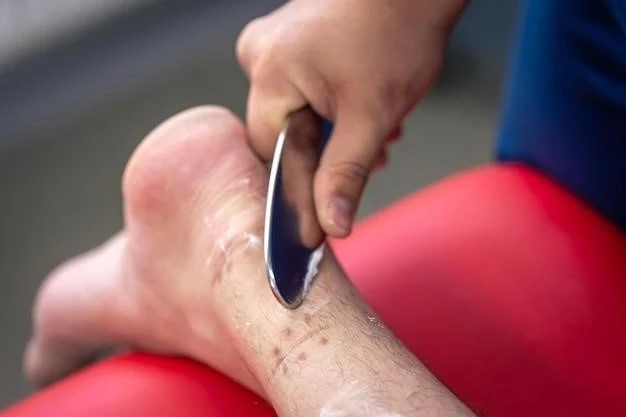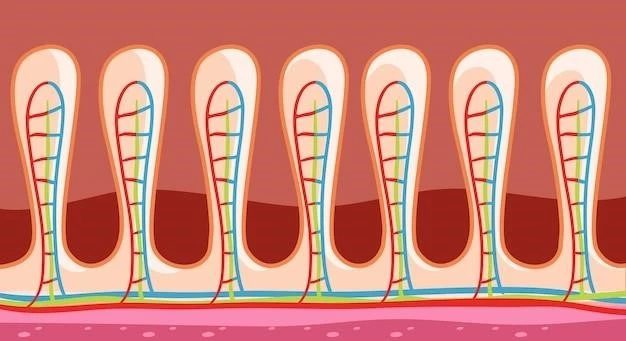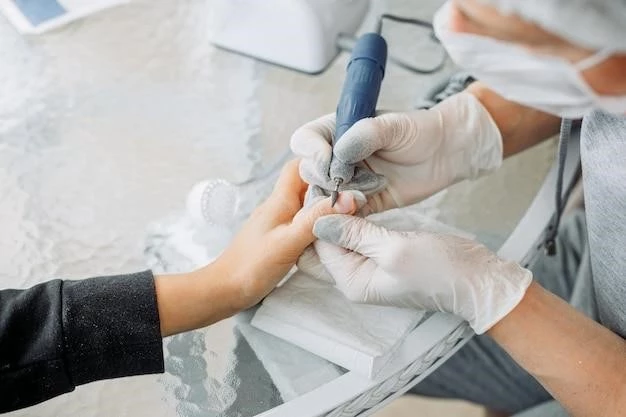Overview of Tricho onycho hypohidrotic dysplasia
Hypohidrotic ectodermal dysplasia is a rare genetic disorder characterized by faulty development of ectodermal structure‚ resulting in anhydrosis/hypohydrosis‚ hypotrichosis‚ and hypodontia.
Definition and Background
Tricho-onycho-hypohidrotic dysplasia‚ also known as hypohidrotic ectodermal dysplasia‚ is a rare genetic disorder affecting the development of ectodermal structures such as hair‚ teeth‚ nails‚ and sweat glands. This condition is characterized by anhydrosis/hypohydrosis‚ hypotrichosis‚ and hypodontia‚ leading to challenges in regulating body temperature‚ sparse hair growth‚ and abnormal tooth development.

Causes and Genetic Basis
Tricho-onycho-hypohidrotic dysplasia is primarily caused by a genetic mutation affecting the development of ectodermal structures like hair‚ teeth‚ nails‚ and sweat glands. The condition is often inherited in an X-linked recessive manner.
Inheritance Patterns
Tricho-onycho-hypohidrotic dysplasia typically exhibits an X-linked recessive inheritance pattern‚ where the mutated gene responsible for the disorder is located on the X chromosome. This means that males are more frequently affected by the condition‚ while females often carry the genetic mutation without displaying severe symptoms due to the presence of a second X chromosome.
Clinical Features and Symptoms
Hypohidrotic ectodermal dysplasia presents with characteristics such as anhydrosis/hypohydrosis‚ hypotrichosis‚ and hypodontia. These symptoms result from faulty development of ectodermal structures.
Common Manifestations
Common manifestations of Tricho-onycho-hypohidrotic dysplasia include anhydrosis/hypohydrosis (reduced ability to sweat)‚ hypotrichosis (sparse hair growth)‚ and hypodontia (abnormal or missing teeth). These symptoms are key features of the disorder due to the defective development of ectodermal structures.
Diagnosis and Differential Diagnosis
Diagnosing Tricho-onycho-hypohidrotic dysplasia involves recognizing the characteristic features such as anhydrosis/hypohydrosis‚ hypotrichosis‚ and hypodontia. Differential diagnosis may include other ectodermal dysplasias with similar manifestations.
Diagnostic Methods
Diagnosing Tricho-onycho-hypohidrotic dysplasia often involves a thorough clinical examination to identify key features such as anhydrosis/hypohydrosis‚ hypotrichosis‚ and hypodontia. Genetic testing may be conducted to confirm the presence of mutations associated with this rare genetic disorder.
Management and Treatment
Treatment for Tricho-onycho-hypohidrotic dysplasia focuses on symptom management such as addressing anhydrosis/hypohydrosis‚ hypotrichosis‚ and hypodontia. Approaches may include supportive care‚ dental interventions‚ and therapies to improve comfort and quality of life.
Therapeutic Approaches
Management of Tricho-onycho-hypohidrotic dysplasia involves a multidisciplinary approach aimed at addressing the various symptoms. Therapeutic interventions may include dental treatments‚ sweat gland stimulation methods‚ hair prostheses‚ and supportive care to improve the quality of life for individuals affected by this rare genetic disorder.

Prognosis and Complications
The prognosis for individuals with Tricho-onycho-hypohidrotic dysplasia varies depending on the severity of symptoms and complications. Complications may arise from issues related to anhydrosis/hypohydrosis‚ hypotrichosis‚ and hypodontia‚ impacting the individual’s quality of life and overall health.
Potential Risks
Individuals with Tricho-onycho-hypohidrotic dysplasia may face potential risks associated with anhydrosis/hypohydrosis‚ including heat intolerance and risk of fever due to the inability to regulate body temperature. Additionally‚ hypotrichosis and hypodontia can lead to challenges in hair and tooth maintenance‚ impacting daily function and overall health.
Research and Future Directions
Research on Tricho-onycho-hypohidrotic dysplasia aims to further understand the genetic basis‚ improve diagnostic methods‚ develop targeted therapies for symptom management‚ and enhance the overall care and quality of life for individuals affected by this rare genetic disorder.
Ongoing Studies
Unfortunately‚ no specific information about Ongoing Studies for ″Tricho-onycho-hypohidrotic dysplasia″ was found at this time. Ongoing research to further understand the genetic basis‚ diagnostic advancements‚ and targeted therapies could provide valuable insights for improved care and management of this rare genetic disorder.
